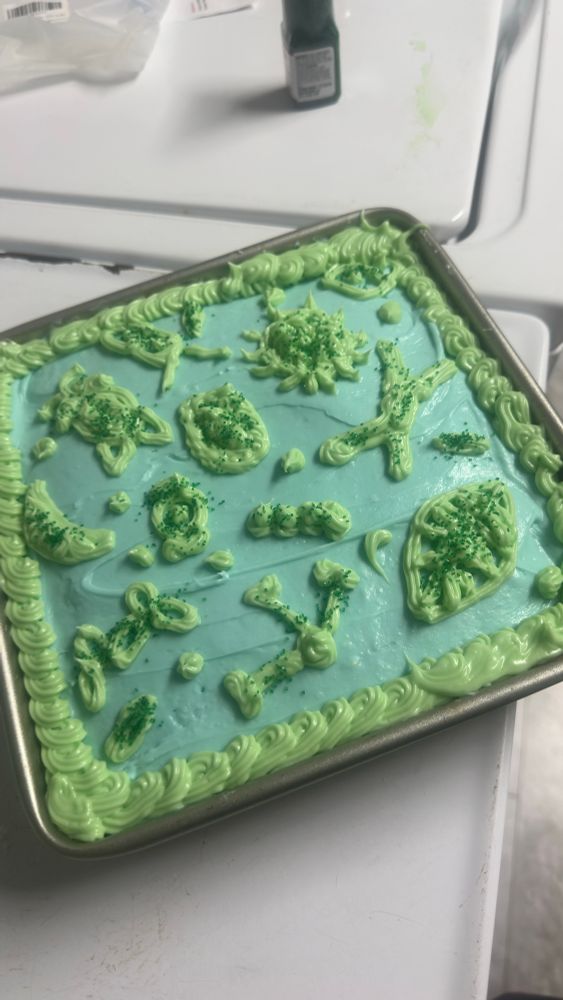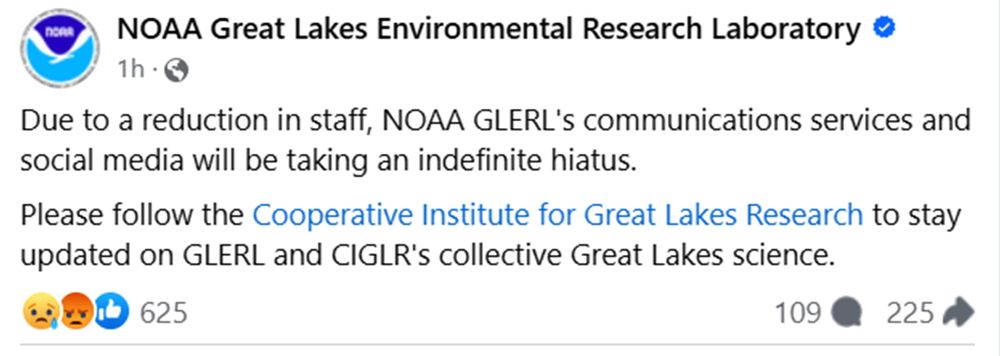
University of North Carolina at Chapel Hill 🧪
Algal Blooms•Aquatic Continuum•Climate 🔼
Multi ‘omics 🧬







www.biorxiv.org/content/10.1...

www.biorxiv.org/content/10.1...
journals.asm.org/doi/10.1128/...

journals.asm.org/doi/10.1128/...


🔗rebrand.ly/jsfhiow
@zepernickbn.bsky.social @tn-marine-micro.bsky.social @eechase.bsky.social @utkmicrobiology.bsky.social @unc-emes.bsky.social

🔗rebrand.ly/jsfhiow
@zepernickbn.bsky.social @tn-marine-micro.bsky.social @eechase.bsky.social @utkmicrobiology.bsky.social @unc-emes.bsky.social
View the articles on isme-microbes.org/the-isme-jou...
#MicrobialEcology #microbes

View the articles on isme-microbes.org/the-isme-jou...
#MicrobialEcology #microbes
























journals.asm.org/doi/10.1128/...
And very nice of Newsweek to pick it up!
www.newsweek.com/lake-erie-la...

journals.asm.org/doi/10.1128/...
And very nice of Newsweek to pick it up!
www.newsweek.com/lake-erie-la...

